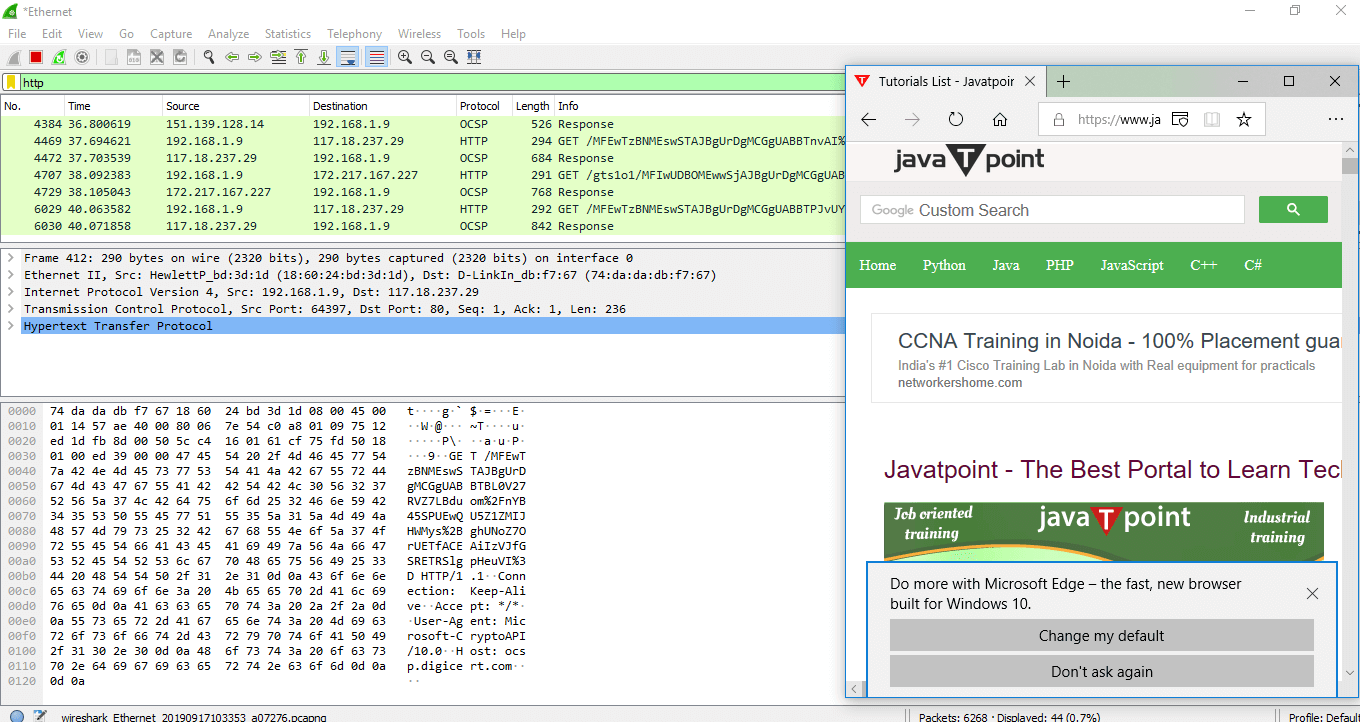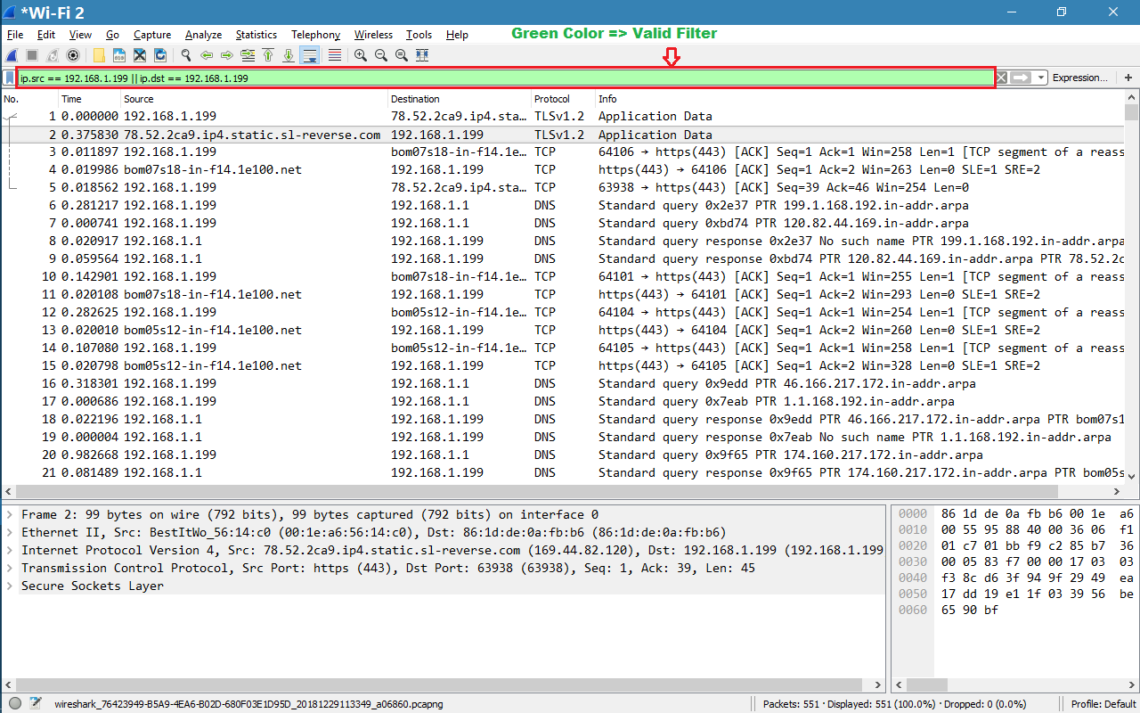

Tcpdump -nq -s 0 -i -w /tmp/dump.pcap`date +%H%M%d%m%s` We can specify some flags to our command to limit the size of our capture We can simply run tcpdump command with -w flag will capture all the packets which we can later filter on wireshark as explained in following sections Tcpdump command provides multiple options to modify / specify the packets you want to capture based on interface, protocols, ports, source ip/host, and also write the output to a file,
:max_bytes(150000):strip_icc()/wireshark-display-filters-59512e443df78cae8136b049.png)
It requires elevated permissions so on your linux system you either run it as a root or use sudo privileges, Tcpdump is a command line tool that allows you to capture network packets going through the system. This information can be used to debug problems and to improve the performance of your network. By capturing the network traffic, you can see the exact data that is being sent and received. It can also be used to troubleshoot any kind of network issue, such as API calls or web requests.

Wireshark can be used to capture SIP call traces on the system where the calls are being established. As such, it is important to use packet sniffing responsibly and only to capture traffic that you are authorized to capture. However, it is important to remember that packet sniffing can also be used to eavesdrop on network traffic. This can help you to understand how different protocols work and to troubleshoot problems that are related to network protocols. Learning about network protocols: Wireshark can be used to learn about network protocols by capturing and analyzing network traffic.This can help you to identify security risks and to optimize your network performance. Network analysis: Wireshark can be used to analyze network traffic to gain insights into how your network is used.This can help you to identify the source of the problem and to find a solution. Troubleshooting network problems: Wireshark can be used to troubleshoot network problems by capturing and analyzing network traffic.Some of the most common uses for Wireshark include: Wireshark can be used in a variety of situations. This can help you to identify the threat and to take steps to mitigate it. You can use Wireshark to see the packets that are being sent and received by the devices on your network. If you are a security analyst, you may want to go deep into packet analysis to investigate a security threat. This can help you to identify the source of the problem and to fix it.

Depending on your role or the purpose of your analysis, you can choose to go deep or simply stop at the relevant packet to view high-level details and conclude your troubleshooting.įor example, if you are a network administrator, you may want to go deep into packet analysis to troubleshoot a network problem. You can see the packets and their information down to the bit level. Wireshark allows you to go deep into packet analysis.


 0 kommentar(er)
0 kommentar(er)
